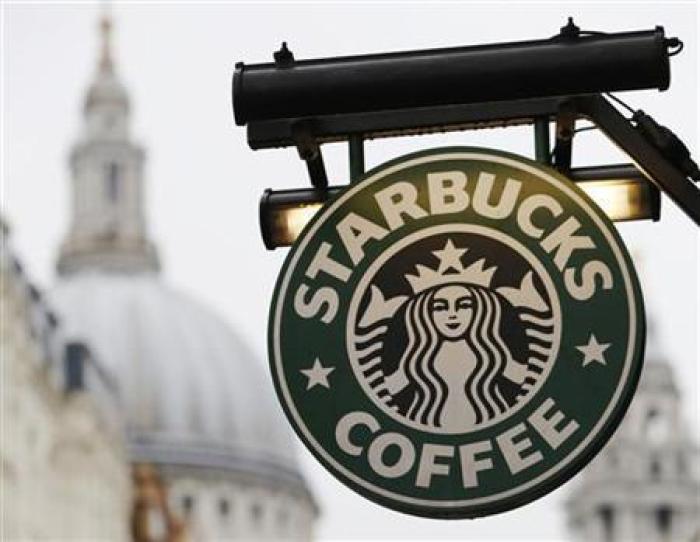Starbucks to End Alcohol Sales at Over 400 Stores
Coffee giant Starbucks has ended the unsuccessful program of selling alcohol in its stores.

As part of its Evenings program, Starbucks featured a menu of wines, craft beers and small plates of food across 400 locations in the United States. The program, which was first tested in 2010 at East Olive Way Starbucks location in Seattle, ended on Tuesday.
Starbucks had initiated the Evenings program with the hope of pulling customers back into their shops at later times in the day and not just in the mornings. The company even had an in-house sommelier who picked wines to serve at these locations. Starbucks also found that 70 percent of its customers consume wine, compared to 30 percent of the general population, reports NBC26.
Despite the setback, Starbucks has no plans to stop experimenting in order to increase their consumer base. Their next plan is to build a slew of high-end stores -- named Roasteries and Reserves -- which will cater to the burgeoning demand for super-high-quality coffee among consumers.
The Roasteries, a blend between a cafe and a roastery, is intended to be a "Willy Wonka's Factory of coffee," as Starbucks CEO Howard Schultz puts it. The first of these stores opened in Seattle in 2014 and it's a place where the company's priciest, small-lot Reserve coffee beans are roasted on site, and various ways of preparing coffee, including pour-over and siphon, are used, reports the Seattle Times.
Starbucks also plans to open around 1,000 Reserve stores, which are sized between the mammoth Roasteries and smaller traditional stores. The Reserve stores will serve only small-lot premium coffees using pour-over and other similar brewing methods.
The company has also identified food as the next step to focus on in order to increase revenue. Starbucks currently rakes in 20 percent of profits from food sales, mainly during breakfast. But company executives want to diversify into lunch time meals as well since about 50 percent of consumers visit their stores after 11 a.m.
While food sales at breakfast have been strong, "our next big opportunity around food is in the lunch daypart," said Kevin Johnson, Starbucks' president and chief operating officer, who will take over from Howard Schultz as CEO in April.
Starbucks plans to expand its total store count to 37,000 across the world by 2021.





























